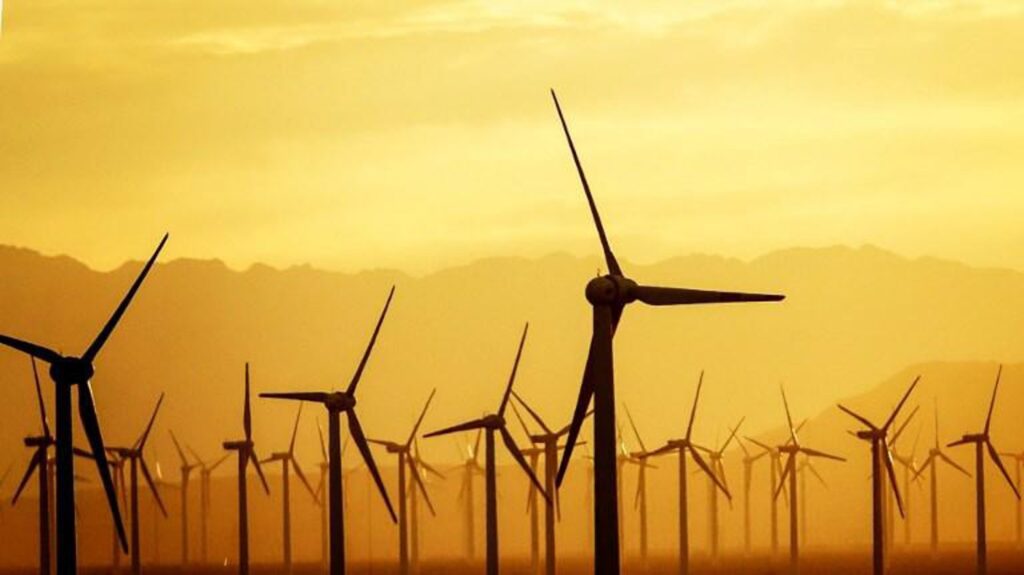Low-carbon energy, especially renewables, is expected to cover “almost all” of the expected growth in global electricity demand over the next three years, helping to contain CO2 emissions from the power sector, according to the International Energy Agency (IEA).
Electricity demand is on the rise: its growth slowed in 2022 to 2%, due to the energy crisis and economic difficulties around the world, but it is expected to accelerate again to 3%, the IEA estimates in its 2023 report on electricity markets, published on Wednesday.
In the face of this, renewable energies – especially solar and wind power – are expected to dominate production growth. Together with nuclear power, low-carbon energies would thus cover on average more than 90% of these new needs at least until 2025.
In terms of emissions, it is therefore “unlikely”, the IEA believes, that the power sector will greatly increase its footprint, even if it remains highly emissive as it is still largely based on coal-fired or gas-powered plants.
Over 70% of demand growth will come from China, India, and Southeast Asia
It is the emerging countries of Asia that are driving the movement. More than 70% of demand growth over the next three years will come from China, India and Southeast Asian countries, the IEA notes, “although considerable uncertainty remains over trends in China, whose economy is emerging from tight Covid restrictions.”
At this stage, the IEA estimates that China’s electricity consumption should account for a third of the world total by 2025, up from a quarter in 2015, and the country will provide 45% of the growth in renewables.
Advanced economies will not be left behind, as they turn to electricity to avoid reliance on fossil fuels, particularly in transport.
“The world’s growing demand for electricity is set to accelerate, adding more than double Japan’s current electricity consumption over the next three years,” said IEA Executive Director Fatih Birol.
Renewables expected to grow by 9% in 2023-2025
“The good news is that renewables and nuclear power are growing quickly enough to meet almost all this additional appetite, suggesting we are close to a tipping point for power sector emissions,” he said.
Renewables are expected to grow more than all other energy sources combined, at +9% per year over 2023-25. Their share of global electricity generation is expected to rise from 29% in 2022 to 35% in 2025.
Nuclear generation, meanwhile, is expected to grow by 3.6% per year.
At the same time, the use of gas-fired power plants is expected to decline in the EU, but to increase significantly in the Middle East. Coal-fired plants, meanwhile, are on the decline in Europe and the Americas, but this is offset by their growth in the Asia-Pacific region.
In the end, at higher demand, the sector’s CO2 emissions, which peaked in 2022, are expected to remain at about the same level until 2025, the Paris-based agency estimates.

